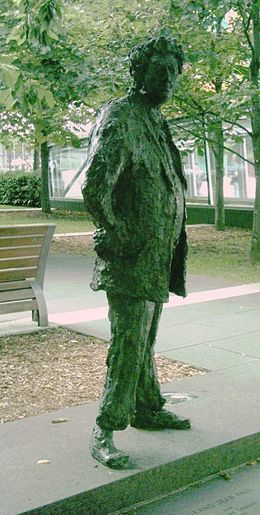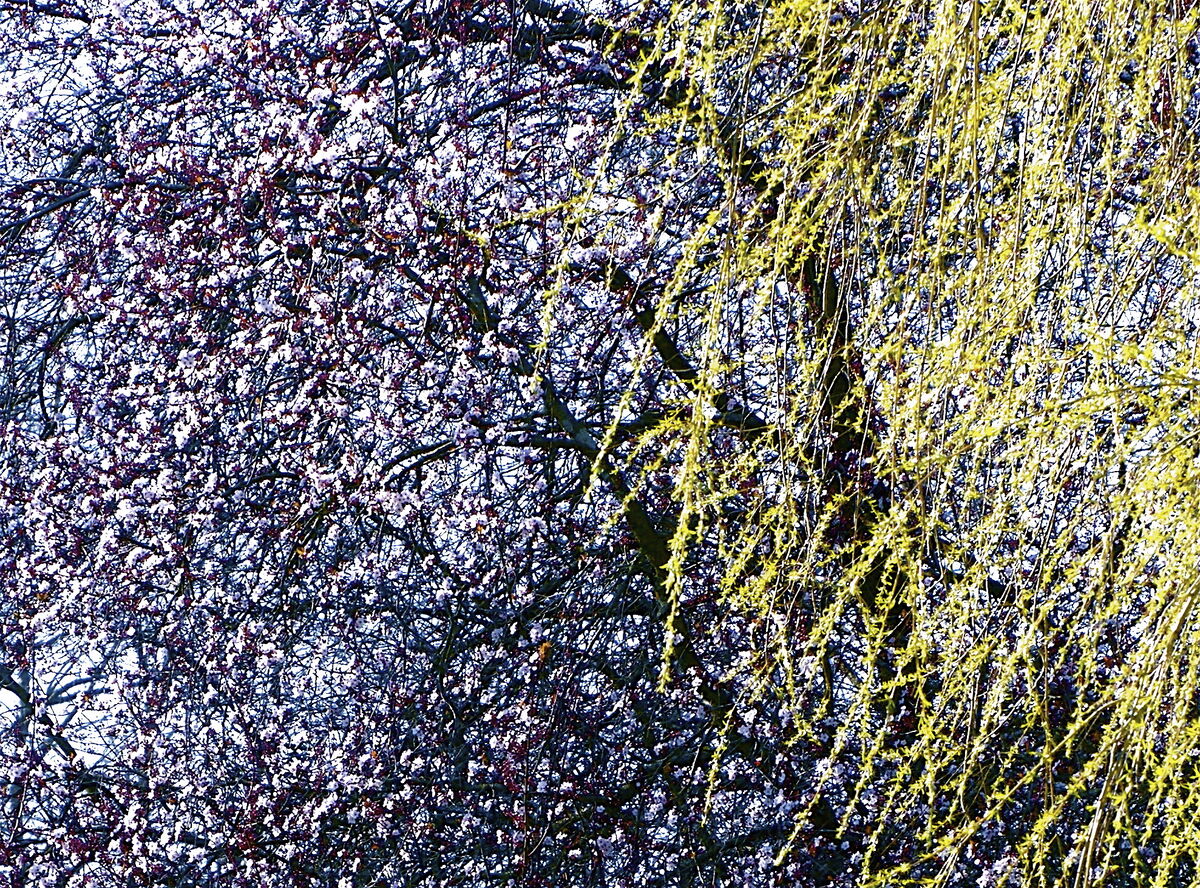Jean-Paul Riopelle is a Canadian painter, printmaker and sculptor. He was one of the first Canadian artists to achieve international recognition and notoriety. In the 1940s, he became a member of the Automatistes art movement, a group of dissident Quebec artists founded by Paul-Émile Borduas, who took Riopelle under his wing after teaching at the École du meuble de Montréal. Borduas was one of the signatories of the Refus Global Manifesto (Total Refusal), which challenged traditional values and rejected the immobility of Quebec society at the time.
After his success in Paris, he returned to Quebec and perfected the “all-over” technique, a pictorial technique that consists of eliminating all forms of perspective in a painting by means of multi-layered paint chips. He then turned to stencil painting with aerosol cans, before returning to figuration. He ended his career by winning several international prizes, making him one of the greatest painters in Canadian history. His most famous work is Hommage à Rosa Luxembourg.

Roseline Granet, Le Grand Jean-Paul (2003), Montreal, Jean-Paul Riopelle Park.

Riopelle's painting of spring
-
1923: Jean-Paul Riopelle is born on October 7 in Montreal.
-
1947: Riopelle meets André Breton in Paris, a French poet and writer who is part of the Surrealist movement, a 20th-century literary, cultural and artistic movement that advocates creation using psychic forces (automatism, dreams, the unconscious) freed from rational control and in struggle against received values. Riopelle belongs to this movement.
-
1948-1949: He is one of the 16 signatories of the Refus global (Total Refusal), written by Paul-Émile Borduas.
-
1949: He moves to Paris to continue his career as an artist.
-
1954: He exhibits for the first time at the Pierre Matisse Gallery in New York. He also participates in the Venice Biennale.
-
1962: He wins a prize from Unesco. The National Gallery of Canada subsequently organizes the exhibition Jean-Paul Riopelle. Painting and Sculpture, held in several Canadian cities and Washington, D.C.
-
1971: He wins the 7th Concours des Maîtres de la Peinture de Paris (Paris Masters of Painting Competition).
-
1975: Appointed Companion of the Order of Canada.
-
1980-1982: Canada's Department of External Affairs presents the major retrospective exhibition Jean-Paul Riopelle: Painting 1946-1977, in collaboration with the Musée du Québec and the Musée national d'art moderne. The exhibition travels to France, Quebec, Mexico and Venezuela.
-
1981: The artist is awarded the prestigious Prix Paul-Émile Borduas.
-
1988: He becomes an Officer of the National Order of Quebec.
-
1990: He returns to Quebec permanently.
-
2000: The Musée du Québec dedicates a permanent room to Jean-Paul Riopelle and his work.
-
2002: Jean-Paul Riopelle dies on March 12 at Isle-aux-Grues. A state funeral is organized in his honor.